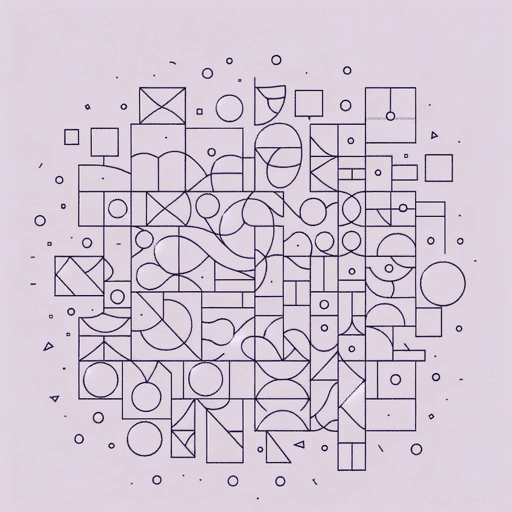57 pages • 1 hour read
Erich AuerbachMimesis: The Representation of Reality in Western Literature
Nonfiction | Book | Adult | Published in 1946A modern alternative to SparkNotes and CliffsNotes, SuperSummary offers high-quality Study Guides with detailed chapter summaries and analysis of major themes, characters, and more.
Chapters 5-8 Chapter Summaries & Analyses
Chapter 5 Summary: “Roland Against Ganelon”
Chapter 5 takes as its text the Chanson de Roland, an 11th-century chanson de geste, or song of heroic deeds, written in Old French. Auerbach describes the poem as direct, explaining nothing, yet stating events with a bluntness that portrays the events as if they need no explanation. He explores the syntax and linguistic style of the chanson as more rigid and less able to accommodate free flow than the work of Homer, as opposed to later courtly style, which provides “sweeping rhetorical movement” (109). The style of the chanson is, Auerbach claims, paratactic (meaning a style that favors short, simple sentences and eschews subordinating conjunctions), a style that was once reserved for oral and comic works in classical works. The work also, he explains, is contained within a “restricted and definitely established cosmos” (111), where the characters live in an established order and with clear knowledge of their roles and the nature of God. The world of the story is limited, as opposed to the wider worlds of antiquity. Auerbach compares Chanson de Roland to Chanson d’Alexis, illustrating similarities between the two, including the parataxis and repeated return to “beginnings,” stringing together “self-contained scenes” (115).

